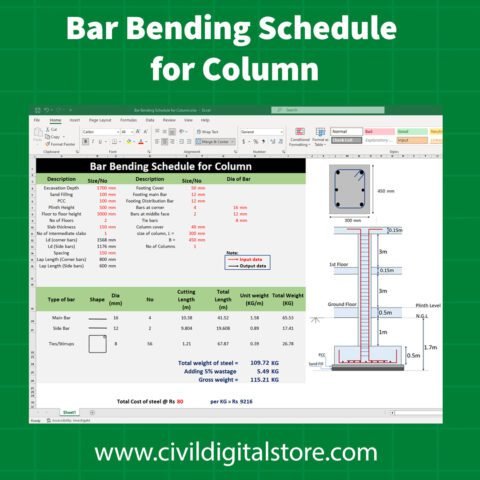Calculating the Number of Bricks in a Wall
When planning a construction project, it is important to accurately estimate the number of materials required. If you are building a wall using bricks, determining the number of bricks needed is essential. In this guide, we will explain the process of calculating the number of bricks in a wall.
Step 1: Measure the Wall
The first step is to measure the dimensions of the wall. Use a tape measure to determine the length, width, and height of the wall. Make sure to measure in the same unit of measurement, such as inches or centimeters, for consistency.
Step 2: Calculate the Area of the Wall
To calculate the area of the wall, multiply the length by the height. For example, if the wall is 10 feet long and 8 feet high, the area would be 80 square feet. If the wall has windows or doors, subtract their area from the total wall area.
Step 3: Determine the Size of the Bricks
Next, you need to determine the size of the bricks you will be using. Common brick sizes include 2.25 x 3.75 x 7.5 inches and 2.67 x 3.62 x 7.62 inches. Measure the length, width, and height of your bricks to ensure accurate calculations.
Step 4: Calculate the Number of Bricks
To calculate the number of bricks needed, divide the area of the wall by the area of one brick. This will give you the total number of bricks required. For example, if the wall area is 80 square feet and the brick size is 2.25 x 3.75 inches, the calculation would be as follows:
Convert the brick size to feet: 2.25 inches = 0.1875 feet, 3.75 inches = 0.3125 feet
Calculate the area of one brick: 0.1875 feet x 0.3125 feet = 0.0586 square feet
Calculate the number of bricks: 80 square feet / 0.0586 square feet = 1365 bricks
Therefore, you would need approximately 1365 bricks to build the wall.
Step 5: Account for Wastage
It is important to account for wastage when calculating the number of bricks needed. Bricks can break or get damaged during transportation and installation. Additionally, some bricks may need to be cut to fit specific areas of the wall. It is recommended to add an extra 5-10% to the total number of bricks to account for wastage.
Step 6: Consider the Pattern of the Brickwork
If you are planning to use a specific pattern for the brickwork, such as a herringbone or basket weave pattern, you may need to adjust the number of bricks accordingly. These patterns require additional bricks to create the desired design. Consult with a professional or refer to a brickwork pattern guide for more information.
Conclusion
Calculating the number of bricks in a wall is a crucial step in the planning process of any construction project. By following the steps outlined in this guide, you can accurately estimate the number of bricks needed for your wall. Remember to measure the wall, calculate the area, determine the size of the bricks, and account for wastage. With careful planning and accurate calculations, you can ensure that you have the right amount of bricks for your project.
Follow on Facebook click here
More Software on click here










